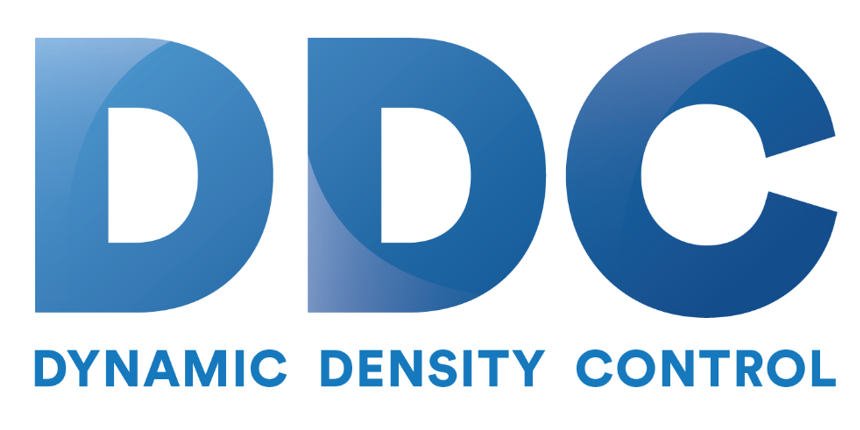Aug. 12, 2024 — The ARCTIC (“Advanced Research on Cryogenic Technologies for Innovative Computing”), an EU project, is intended to establish a European supply chain for cryogenic photonics, microelectronics, and, in general, cryo-microsystems around the emerging quantum computing industry and different cryo-enabled ICT applications.
“The performance requirements asked from electronic devices and circuits at cryogenic temperatures are quite different compared to those at room temperature. Especially when interfacing very sensitive applications such as quantum processors, all aspects of microelectronic technologies need to be optimized”, says Alexander Grill, scientific leader of ARCTIC at IMEC.
To be useful in real-world applications, quantum computers would require thousands to millions of physical qubits, which, besides being a huge number in itself, also require an enormous amount of control and interfacing machinery to efficiently operate and control the quantum computer. Usually, this machinery is operated at room temperature. However, quantum computers based on qubits are operated close to absolute zero Kelvin temperatures inside a cryostat. When upscaling the number of qubits, the number of possible signal lines fed into the cryostat is limited. This is due to the restricted space, the heat transported through the wires, and the signal integrity issues (due to long wires).
To overcome these constraints, ARCTIC brings together 36 partners from 11 countries, coming from industry, academia and leading RTO’s to establish a complete and comprehensive European supply chain for cryogenic photonics, microelectronics, and, in general, cryo-microsystems around the emerging quantum computing industry and different cryo-enabled ICT applications. This includes the development of materials and fabrication processes, novel simulation approaches, heterogenous packaging, and the optimization of devices and circuits specifically designed for cryogenic operation.
ARCTIC brings together technology developers, technology integrators, modelers, designers, system/application players and end users to ensure a smooth interfacing between respective layers. At the same time, we focus a large fraction of the effort on missing links – among others in the cryo-modelling and standardization space. In addition, we strongly leverage the unique R&D ecosystem in Europe, with RTOs collaborating and forming the bridge between the academic innovation models and the industrial valorization – the latter both at (many) SMEs and large industrial companies at once.
Amongst other milestones, the ARCTIC project will test new designs of the traveling-wave parametric amplifiers (TWPA), a critical component in superconducting quantum computers used for readout measurement. To make quantum computers more compact and cost-effective, Alice & Bob will test the performance of the new quantum-specific TWPAs in their cryostats against commercially available TWPAs.
“The new quantum-specific designs will reduce internal losses in the TWPA to improve measurement efficiency,” said Dr. Jean-Loup Ville, Senior Quantum Physicist at Alice & Bob. “This can significantly reduce hardware overhead to make compact, economical devices and accelerate the development of a full-scale quantum computer by several years.”.
The expected project outcomes are considered as important enablers for highly demanded technologies that can resolve existing problems in areas such as computational chemistry, bio and life sciences, cryptography needed for data protection and cyber security.
You can find more information on LinkedIn, and at: www.arctic-kdt.eu.





Speak Your Mind